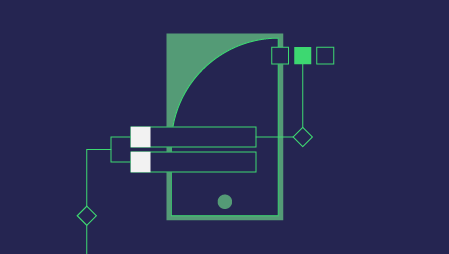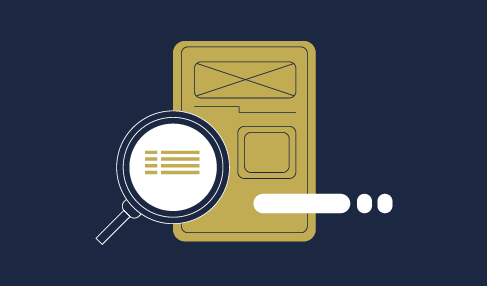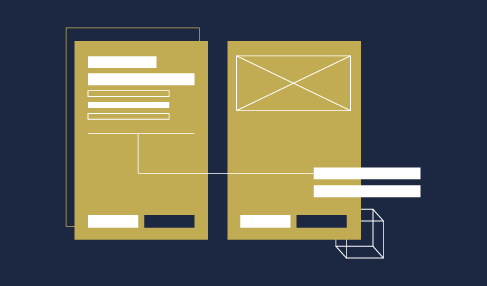TL;DR: Today I’d like to talk about evolution for a while, to make sure that we’re all on the same page before I start digging into some of the cool parts of neuropsychology. Why? Because new learning should be built upon ideas you can defend intellectually. Not so that you can defend your ideas, but so that you can try to disprove them. The scientific advancement of knowledge is based on disproving beliefs by improving understanding. The human sensory system is vastly more complicated than most people think; therefore, before we discuss how we use our senses, we should take a look at how they really work.
Why talk about evolution?
This blog is about neuropsychology, not evolution. But trying to explain the one without an understanding of the other is like trying to explain to someone who doesn’t know cricket how a match could possibly be taking so long. I could tell you some answers without context, but that’s neither a nice way to teach nor a pleasant way to learn.
So, before we can really start talking about the way your brain and body work, we’re going to need to establish some ground truths about the way that they came to be. The tiny bit of information offered here is intended to help you get your head around the fact that the watery meat sacks we live in are incomprehensibly complicated and side-splittingly ridiculous. If they were designed by a deliberate intelligence, then we have a lot of evidence that the gods have a truly absurd sense of humour.
When you open and close your grip, the muscles moving your fingers are located in your forearm. Most of your sense of taste is in your nose. Humans need water to live, but we can’t tell if we’re thirsty until we’re dehydrated. You have the same number of neck bones as a giraffe, and that’s the same number of neck bones in any given mouse or whale. And then there’s the flying circus of randomness that governs how we see and hear and remember. We’ll come back to them later.
We see evolution every day
The reason that I believe in evolution is that it is the only system that I’ve encountered that can reasonably explain the complex redundancies and abandoned mistakes evident in all parts of every living thing that I have ever studied. Then again, I’m biased. I grew up on a farm and every farmer knows that almost every plant and animal they raise has been bred from original stock into a version more suited for a particular climate or set of needs. That’s why dairy cattle and beef cattle are kept apart, and the same general principles apply to all the different kinds of apples you might eat and to all the different kinds of wine produced by a single vineyard. Dog breeders are almost religious about these principles, and horse breeders are even more so.
Since farmers have been using evolution to breed plants and animals with specific characteristics since the very beginning of farming, the idea of evolution is obviously much older than Charles Darwin. His grandfather Erasmus even mentioned it in a poem long before Charles was born. Really, you can look it up.
How quickly things evolve is based on how long it takes each generation to produce the next generation. Turtles evolve more slowly than chickens, and some other things evolve much more quickly than either.
As I write this, most of the world is trying to cope with a deadly virus while clusters of unvaccinated people who don’t feel infected are serving as virus breeding grounds, helping it to evolve into new forms right before our horrified eyes. We’re already seeing that some of the new forms are more contagious. Others seem to be more capable of infecting children. And a single unvaccinated person might have hundreds of new variants growing inside of them, competing to see which one gets to spread to the neighbours. Horrifying, indeed…
But I digress.
Darwin’s theory of how evolution works
Charles Darwin came up with an idea about how evolution could happen. He suggested that when groups of living things change over long periods of time, it is because of their environments. The slight changes that help a turtle survive more easily than his brothers and sisters on one particular island get passed on to that turtle’s offspring. And since it’s easier for him to survive, he’s more likely to have more offspring. Eventually, generations later, we reach a time when all of the turtles on the island are descended from that one, and that island’s turtles are different from turtles elsewhere.
Little changes in individuals can eventually lead to big changes in a group of animals. Big enough changes that we call the new group a separate breed, like with dogs, or even a separate species, like with lawyers. That was a joke. Please don’t sue me.
One of the things that Mr. Darwin could not explain was how something as complex as an eye could be useful enough to pass on to the next generation, if it wasn’t already fully formed and functional when it first appeared. Lots of people who supported Darwin’s ideas worried about that, too, and worried even more about the fact that Darwin had said that he couldn’t explain it.
Next time
I’ve run out of spacetime for today, but in the next post, I’ll tell you one of the things that I wish I could have told Mr. Darwin, share one theory of how the eye evolved, and get ready to talk about the very complicated way that humans experience the world.





